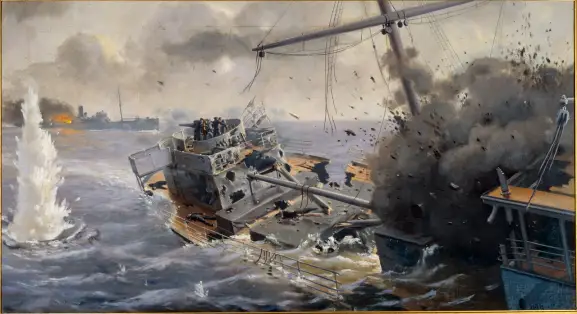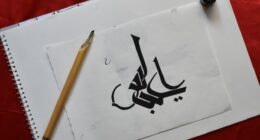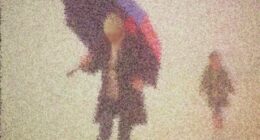Illustration is a creative representation often used to convey a concept or story, while drawing is a broader term encompassing various artistic techniques.
TL;DR Illustration Vs. Drawing
Illustration employs various tools such as digital software, paints, markers, and even collage materials. Artists may also incorporate different styles like realism, cartooning or abstraction into their illustrations.
Drawing techniques typically involve pencils or pens on paper but can extend to charcoal or pastels as well. Artists use different methods like hatching, cross-hatching shading to create depth and texture in their drawings.
Understanding the Elements of Illustration
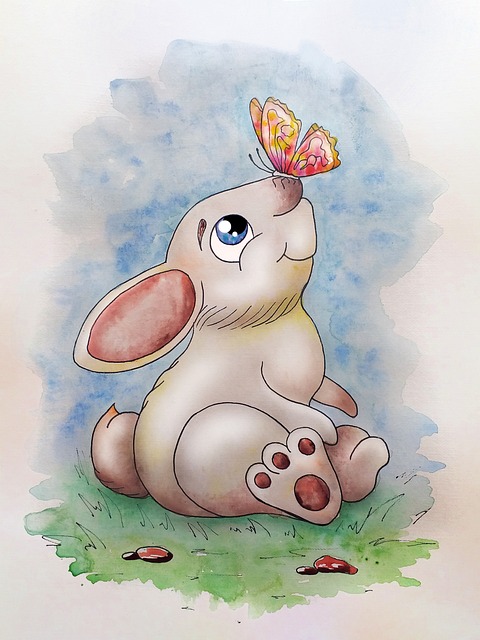
Illustration is a form of visual storytelling that utilizes various elements to convey a message or evoke emotions. At its core, illustration is about creating images that enhance and support written content. It can be found in books, magazines, advertisements, and even on websites.
One of the key elements of illustration is composition. The arrangement of the elements within an illustration plays a crucial role in guiding the viewer’s eye and creating visual interest. Whether it’s through the use of leading lines or strategically placed focal points, composition helps establish a sense of balance and harmony.
Color palette is another important element in illustration. Colors can set the mood, evoke certain emotions, or differentiate between different subjects or objects within an image. Illustrators often carefully select their color schemes to enhance the overall impact and appeal of their artwork.
Another aspect that distinguishes illustrations from drawings is the level of detail involved. While drawings can range from simple sketches to intricate works with fine details, illustrations tend to focus more on capturing specific scenes or narratives with attention given to minute details.
In addition to these elements, illustrators also utilize various techniques such as shading, texture application, and line work to bring their creations to life.
Understanding the Elements of Drawing
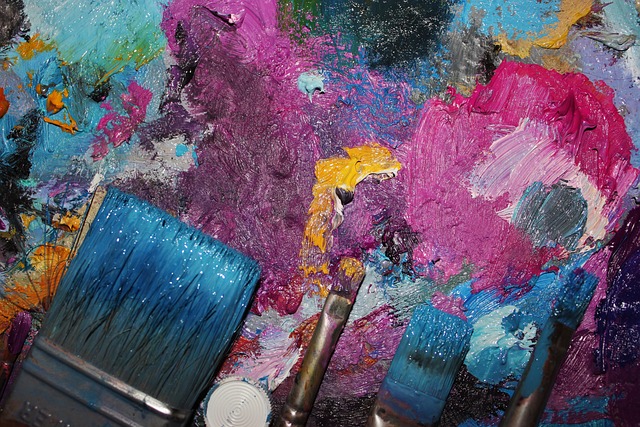
Drawing is a powerful form of artistic expression that allows artists to create visual representations using various techniques and tools. To truly understand drawing, it’s essential to grasp its fundamental elements.
One key element of drawing is line. Lines can be thick or thin, straight or curved, and they help define shapes and forms within a drawing. By manipulating lines, an artist can convey depth, movement, and texture in their work.
Another important element is shape. Shapes are created by combining lines and can range from simple geometric forms to more complex organic shapes found in nature. Understanding how different shapes interact with each other is crucial for creating realistic drawings.
Value plays a significant role in drawing as well. It refers to the lightness or darkness of different areas within a composition. By varying the value, artists can add dimension and depth to their drawings.
Texture is another element that adds interest and realism to drawings. Artists use various techniques such as hatching, cross-hatching, stippling, or smudging to create different textures on paper.
Understanding perspective is essential for creating accurate drawings with proper proportions and spatial relationships between objects in a scene. Perspective helps artists depict depth realistically by utilizing concepts like vanishing points and horizon lines.
Illustration Vs. Drawing – Key differences
| Aspect | Illustration | Drawing |
|---|---|---|
| Purpose | Often used to convey concepts, stories, or ideas | Can serve various artistic and expressive purposes |
| Representation | Typically represents a specific concept or narrative | May depict a wide range of subjects and styles |
| Detail and Realism | Can range from highly detailed to stylized and abstract | Range from detailed realism to various stylizations |
| Medium | Can involve a variety of mediums, including digital tools | Traditionally involves pencils, ink, charcoal, etc. |
| Commercial Use | Commonly used in advertising, books, and graphic design | May be commercial but also for personal expression |
| Artistic Freedom | Often involves more creative interpretation and imagination | May focus on representing objects more faithfully |
| Professional Fields | Common in graphic design, editorial work, and storytelling | Used in fine arts, sketches, technical drawings, and more |
| Emphasis on Storytelling | Often focuses on conveying a message or narrative | May emphasize aesthetics, realism, or personal expression |
Techniques Used in Illustration
- Traditional Drawing: Using pencils, pens, charcoal, or ink to create detailed illustrations on paper.
- Watercolor: Employing water-based paints to achieve vibrant and translucent effects.
- Digital Illustration: Creating artwork using software like Adobe Illustrator or Procreate, often with tools like a stylus and graphics tablet.
- Acrylic and Oil Painting: Utilizing acrylic or oil paints to create rich and textured illustrations on canvas or other surfaces.
- Collage: Combining cut-out images, textures, and materials to form a new composition.
- Printmaking: Techniques like woodcut, linocut, etching, and silkscreen for producing multiple copies of an illustration.
- Ink Wash: Employing diluted ink to create shading and gradients in illustrations.
- Mixed Media: Combining various materials and techniques, such as watercolor and ink, to achieve unique effects.
- Digital Vector Art: Creating illustrations using vector graphics software for crisp, scalable images.
- 3D Illustration: Using computer-generated 3D modeling software to craft three-dimensional illustrations.
- Sculpture and Papercraft: Creating physical, three-dimensional illustrations through modeling or cutting and folding paper.
- Calligraphy: Integrating decorative lettering and typography into illustrations.
Techniques Used in Drawing
- Line Drawing: Creating images primarily through lines and contours, using tools like pencils, pens, or charcoal.
- Shading: Adding depth and volume by varying the intensity and direction of lines or shading with techniques like cross-hatching, stippling, or blending.
- Sketching: Quickly capturing the essence of a subject with loose and spontaneous lines and strokes.
- Realism: Rendering subjects with meticulous detail and accuracy to achieve a lifelike appearance.
- Gesture Drawing: Capturing the essential movements and forms of a subject in quick, expressive sketches.
- Charcoal Drawing: Using charcoal sticks or pencils to create bold, expressive, and often textured drawings.
- Ink Drawing: Employing various ink-based media like pens, brushes, or markers to create bold and precise drawings.
- Contour Drawing: Emphasizing the outline and edges of objects to create a stylized, expressive effect.
- Mixed Media Drawing: Combining different materials and techniques, such as pencil and watercolor, for varied textures and effects.
- Pastel Drawing: Using soft or oil pastels to create vibrant and textured drawings.
- Digital Drawing: Creating artwork using digital tools and software, often with the use of graphics tablets and styluses.
- Surrealism and Abstract Drawing: Exploring imaginative and non-representational concepts in a drawing.
- Chiaroscuro: Utilizing strong contrasts between light and dark to give volume and dimension to drawings.
- Botanical Illustration: Precisely depicting plant life with scientific accuracy, often for botanical records or artistic purposes.
Image Credits
Featured Image By – See page for author, Public domain, via Wikimedia Commons
Image 1 By – thank you for 💙 from Pixabay
Image 2 By – Aida KHubaeva from Pixabay
